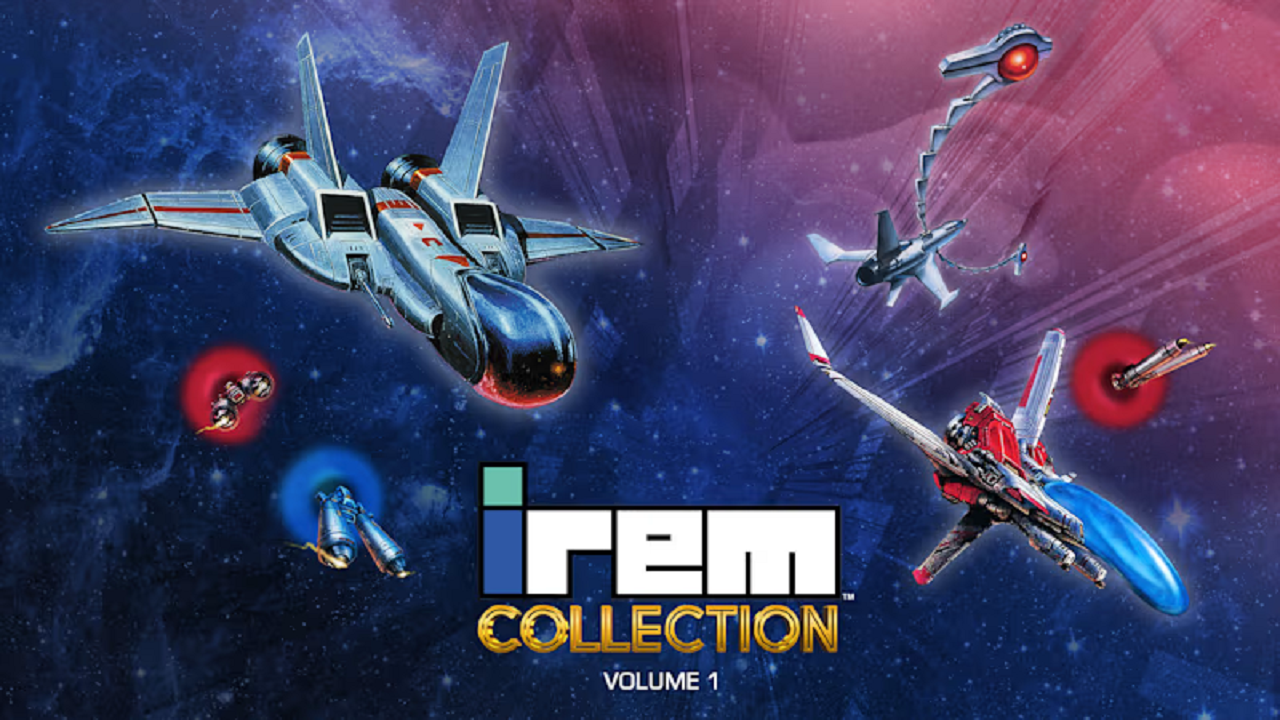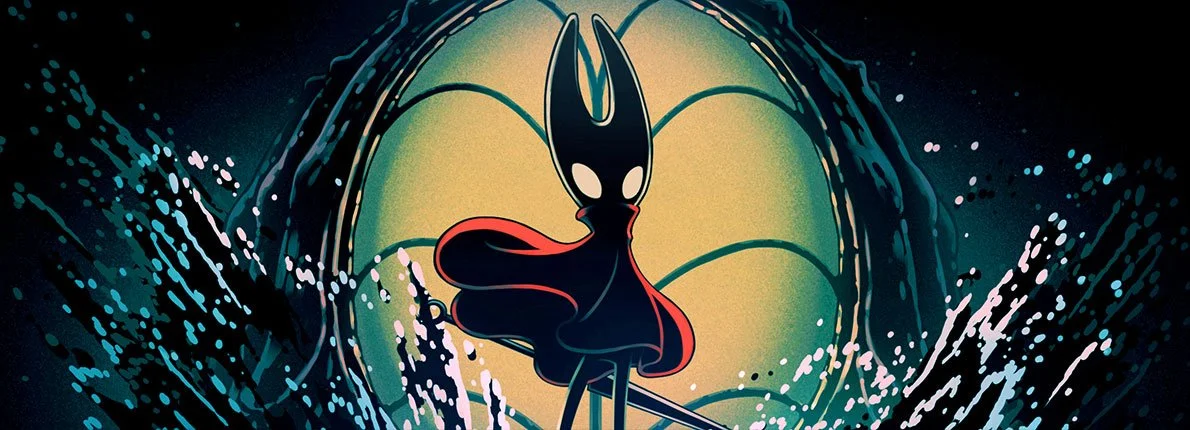Irem Collection Volume 1 (Nintendo Switch)

Irem Collection Volume 1 aims for a quality-over-quantity approach. It contains just three games, although each has several variations. If you’re a fan of the Image Fight trilogy, this package is for you.
For the unacquainted, Image Fight, its sequel, and its spinoff are arcade-style shooters. The original debuted as a coin-op in 1988, the sequel was a PC Engine Duo exclusive, and the spinoff returned to the arcades. Fans of ‘80s shooters will want to take note, especially with these games having some similarities to the better-known R-Type, also developed by Irem.
I was a bit familiar with Image Fight from its NES port. That was the first one I checked out. Of course, it doesn’t compare to the arcade or PC Engine versions visually or option-wise. But I think Image Fight does compare well to many other NES shooters from the late ’80s, reminding me slightly of fan-favorite Life Force. Image Fight is one of those games that puts its best foot forward where the opening stage looks the best. It’s nice being able to compare some different versions.
A curious thing about all versions of this game is the need to shoot power-ups before acquiring them. If you touch the icon prior, you’re dead. There’s no life bar or powering down here; it’s one and done. The high difficulty reflects the quarter-popping origins of the arcade or the “NES hard” era, depending on the version.
My tips are to get used to juggling the speed and to have no fear of taking advantage of the rewind function (the latter I recommend for every variation in this package). Image Fight is one of those games you must learn through practice. Certain sections are guaranteed failures with the wrong powerup, for instance. So, rewind can help initially, at least until you know the games well enough to use it sparingly.
Speaking of power-ups, Image Fight employs the red and blue icon setup, which was not uncommon for shmups of that time. What was a bit more unique back in the day was the red being based on the movement of your ship. This ultimately versatile approach takes time to adapt to, and it’s unlikely to be mastered during early playthroughs outside of genre experts. But it proves very capable, especially when dealing with the varied enemies that swoop in from behind your ship. Depending on your ability to retain your powerups can make Image Fight seem easier or harder.
While the original deserves the most discussion, simply for launching the series, the sequel is even better. It was an exclusive, though, so there is only a lone version. That’s okay, as the TG16/PC Engine intrigued me in the early ’90s enough that I picked one up in the late ’90s. I no longer own the console, but the machine was home to numerous quality shmups.
With the moniker Operation Deepstriker, Image Fight II has expected CD features. There’s a fair bit of story (alien armada on the move), and while the plot and Japanese vocals mean little to me, the cutscenes are another story. Even when slowing down the proceedings some, I relished them. Postage stamp-sized windows matter not when you can see emotion in the character’s eyes. The art and color pop in a way that only NEC hardware could do at the time.
A similar game in many ways, it has many of the same issues as its predecessor. But the aesthetic improvements go a long way, for sure. And the game does have its own unique difficulty. It’s harder to tell which parts of the background are damaging, plus what’s hitting you, though this might stem from more detail. It’s a tradeoff that only adds to the challenge. Also, some boss fights seem a bit bloated, though memorable.
X Multiply feels quite sizably different with an adjustment in perspective and even more detailed, eerie backgrounds. The change from vertical to horizontal means more cramped movement, though this difficulty is offset somewhat by having more powerful weaponry.
While I enjoy all the soundtracks in these games, I feel compelled to mention that this one, while ace, sometimes feels a tad off. I get the creepy vibe, but it occasionally sounds slightly too “catch your breath,” which clashes with all the enemies surrounding you. Speaking of soundtracks, I wish this collection allowed for listening to in-game music tracks. This omission makes the package feel a smidge lacking compared to other Switch compilations. Box art, flyers, and even more game versions could’ve also rounded things out.
This package is 24.99. Keep in mind that the original Image Fight and its spinoff are available individually as part of the Arcade Archives for $7.99 each. If you already own them, I doubt you’d want to spend full price for the PC Engine game alone. But if you have either of those AA games on your wishlist, this trio package is convenient. It’s even getting a physical release, although I’d advise caution from Strictly Limited, a company with a subpar reputation known to overpromise and underdeliver.
While the number of games in this collection pales next to many other Switch compilations, shmup fans up for a challenge probably won’t want to sleep on this one. Irem Collection Volume 1 offers some entertaining fun that will put your skills to the test. How about some love for Irem’s In The Hunt next?




